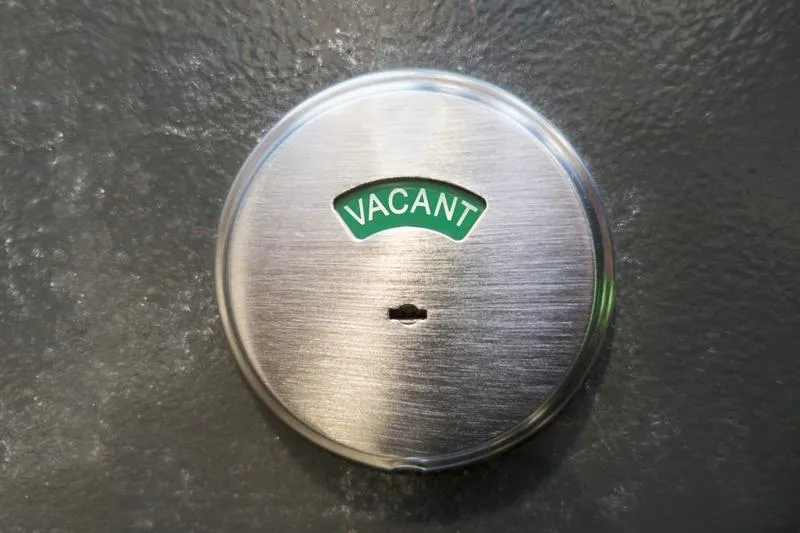
Disposal of wastewater on small lifestyle blocks
On lifestyle blocks, your neighbours are often much closer than they would be on a traditional farm. That means what you do on your land directly affects those around you. One area where this really matters is wastewater.
Years ago, rural properties were large, neighbours were distant, and it was easy to think your septic outflow disappearing into a blackberry bush was nobody's business. But on today’s smaller blocks, a poorly managed septic system can create foul smells, health hazards, and tension with those who moved to the country for peace and fresh air.
Understanding Septic Systems
Most lifestyle blocks use septic tanks to handle household wastewater from toilets, baths, kitchens, and laundries. Solids settle in the tank and are broken down by bacteria. The liquid portion continues through the system and is discharged into a disposal field or treated further before being released into the soil.
If the system isn’t designed, maintained, or located correctly, it can smell, overflow, or even contaminate nearby wells and waterways.
How Much Wastewater Are You Producing?
The amount of liquid waste a household produces varies hugely, depending on lifestyle.
Rural households familiar with water conservation typically use 60 to 100 litres per person per day. A six-person household could generate over 219,000 litres per year.
Households new to rural life and used to urban conveniences often use 180 to 220 litres per person per day. That same household might generate up to 438,000 litres annually.
All of this water must be safely disposed of on-site.
Where Does It Go?
Unlike city homes, there’s no convenient council pipe to carry it away. The liquid waste must be treated and dispersed on your own land, without causing smells, flooding your neighbour’s section, or contaminating drinking water.
That means your wastewater system needs to:
Suit your site’s soil, slope, and climate
Handle your actual household water use
Be safe and hygienic long term
Comply with local council regulations
Choosing the Right System
There is no one-size-fits-all solution. There are many wastewater systems available, each with their own pros and cons. These include:
Conventional septic tanks
Septic tanks with filters
Two, three, or four-chamber systems
Advanced home treatment plants
Sand filters and mound systems
Low pressure-dosing systems
Chlorinated and non-chlorinated systems
Composting toilets
Separate greywater and blackwater systems
Some systems are compact and simple. Others are more complex and require regular maintenance or power to run. Your decision should depend on how much space you have, your household’s water use, the soil type, and your budget for installation and maintenance.
Do Your Homework
Effluent management is one of the most overlooked issues when buying a lifestyle block, but it shouldn’t be. Getting it wrong can mean costly upgrades later, unhappy neighbours, and even fines.
Talk to a professional wastewater designer, check your local council’s rules, and make sure your system suits your block and household needs. If you’re buying a property with an existing system, ask for records, inspection reports, and maintenance history.
The right system will keep your land, water, and relationships healthy.

